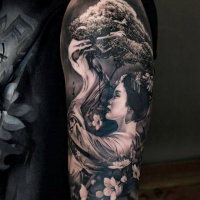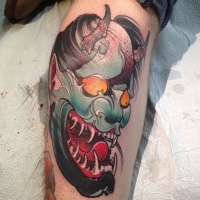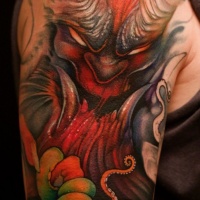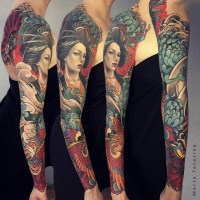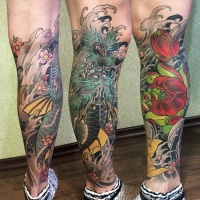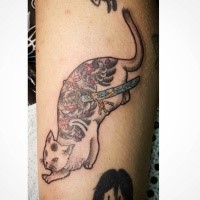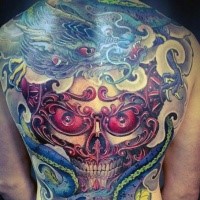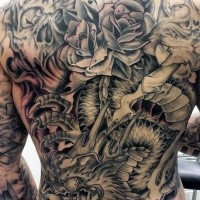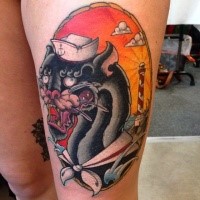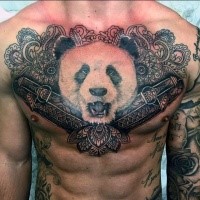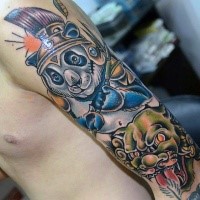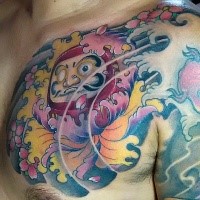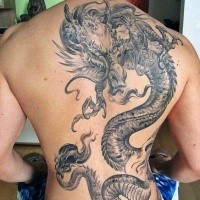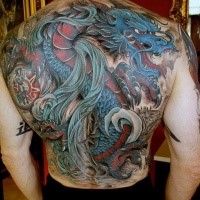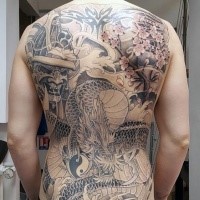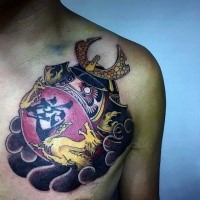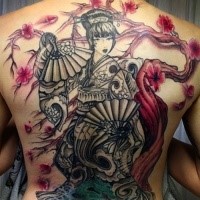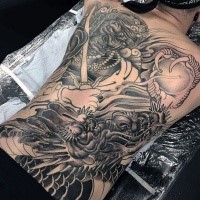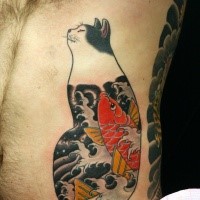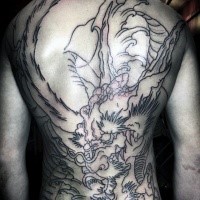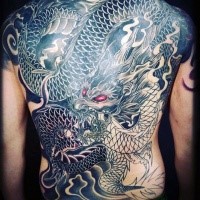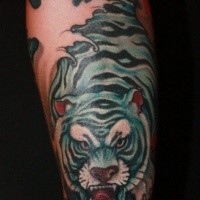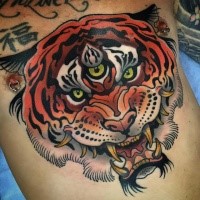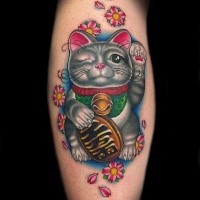Japanese tattoos and their meaning
In ancient times the various tribes, classes, castes and groups were wearing worn under 'brand' to distinguish themselves. Later this 'brands' had became known as the tattoos.
Voodoo shamans in Africa had painted their bodies from top to bottom before every ritual to help themselves to communicate with the ghosts and go into a trance.
Mayan representatives painted different patterns on their faces which meant what spirit accompanied each man and how much enemies he had killed. Japanese tattoo culture also used symbols to reflect who is the perpetrator and who is rich.
As the history tells us, the first tattoo appeared in Japan refers to 10,000 BC. Then it was used as an aid in hunting, fishing, planting, etc. Later tattoos were used as a mean of punishment when applied symbol was indicating what is the person's guilt and who he is today. They painted black rings symbolizing the shackles on the hands of petty criminals.
Some time later brush for tattooing had been replaced by a stick with a needle and tattoos had become popular among the strata of the lower class. The idea was borrowed from the samurais. The warrior painted on the inside of the garment the symbol which protected him and gave him the strength before every fight. It was often a picture of the dragon.
Tattooing had soon became popular among the yakuza clan. It was a test of endurance and patience for them and such a tattoo was not a small figure, it was applied to the entire body. Such tattoos can be seen in our days too.
Application of Japanese hieroglyphs have become very popular among today's youth, especially girls. However, the hieroglyph itself and the tattoo are the different concepts. Symbol is the one word that has a specific designation and that was depicted according to the gods that the person worshiped. Before applying such a tattoo on your body think well whether the interpretation that you saw in Internet is correct and what 'luck' will now accompany you after application.
Tattoo is usually an entire composition which consists of color patterns and drawings. This art is called 'Oukoshisei'. And not everyone can make this step because it is not just a small picture on the shoulder. It is huge pattern which can take the whole back or arm.
For example, not everyone knows that the cherry blossom does not mean the youth or women's beauty. The Japanese army warriors in ancient times applied this figure to indicate their people and the country for which they were willing to die. Or the symbol of Japanese rabbit, that can have a double meaning depending on the individual's gender. If you are a woman, then a rabbit is an index of obscenity and depravity, and if you are man then it will be quick and aggressive.
Tattoos of the carp are also particularly popular nowadays. The carp brings joy and luck and ancient Japanese worshiped his courage because the carp was making the hard way on the river with rapids and lowlands. When this way was completed he turned into the dragon which served as a protection for its people.
Japan is the country of its rules and traditions. Often what is customary in Europe is not perceived in Japan. So a group of tourists which came to Japan was surprised when all the passers-by turned around to them and laughed quietly. When they had asked their guide, what's the matter, he told them that the guys with earrings in their left ears are considered as gays in Japan and girls showing off their tattoos on the lower back, in Japan are muddled or transvestites.
On this basis it is necessary to conclude that before decorating your body you should consult with a master or an artist who knows a lot about Japanese tattooing and its meanings. So you can be sure that you will not be embarrassed and the sense of your image will be correct and true.
